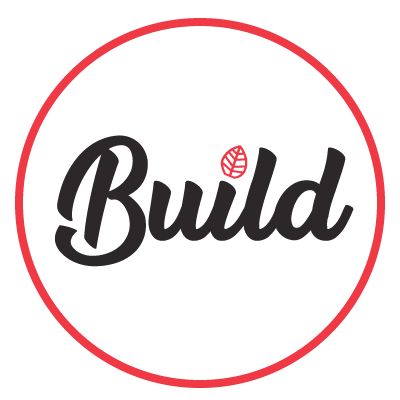A Basic Hem To Prevent Fraying
A Basic Hem To Prevent Fraying
When I first presented the idea of sewing lessons to the Queer Working Group of the Mid TN DSA I wanted to share my love and knowledge of sewing with my comrades who never had the opportunity to learn. Fixing something torn or frayed is empowering, it connects us to our labor and frees us from the financially draining and ecologically disastrous cycle of fast fashion.
Select your needle and thread
Put your needle through your shirt to keep it handy and safe.Measure out your thread
From your hand to your heart with an outstretched arm is about a yard and is a good thread length.As we discussed the idea we quickly made the connection between the way clothing is designed for fast cheap construction (and strict gender roles) and our daily struggles as queer people.
Thread your needle
There aren’t really any secrets. Threading a needle sucks and only practice and luck and deep breaths will help.
Being able to make clothing last longer and fit better was a simple practical step to make our own lives easier.
Tie off your thread
Bring the two ends of your thread together and slide your needle to the center. Treat the two threads as one and tie a knot near the end furthest from the needle.
We started to brainstorm lessons, which quickly turned into planning more projects as the wide range of possibilities started to reveal itself.
Fold your hem
Fold the raw edge of your fabric up so that it is hidden on the inside or back of your project. The width of your thumbnail is a good repeatable amount to fold.
We could do more than fix and tailor clothes. We could make cloth napkins and reduce our reliance on paper towels. We could make reusable pocket warmers and heating pads and menstrual pads. We could make grocery bags. We could even make pride flags and bandanas.
Stabilize
You could use an iron or a series of pins if you were setting a long or finicky hem but pressing your fold with your fingertips should often be enough.
And we could make things for others too – like blankets and sleeping mats and pillows and dolls.
Set your first stitch
You can rely on the knot at the end of your thread but for extra hold after you set your first stitch slip your needle through the loop created by your knot, trapping your thread.
We were truly giddy with power. We could do all these things with just a few lessons, some cheap supplies, and a little bit of coordination.
Stitch
Set your stitches perpendicular and across your raw edge. Keep your stitch height, width, and tension standard and equal. Making pretty even stitches takes more time but symmetry is strong.
Front/Outside: | | | |
Back/Inside: / / / /Tie off
Start a stitch but don’t pull tight. Slip your needle into the loop three times and pull tight. Set one more stitch and trim your thread, releasing your needle. Tug your hem to test for weak spots or to smooth out any puckering. Bask in your success and teach a friend.
We could do this together. We could create an all ages queer space based around creation and not consumption. We could empower each other and ourselves to make the world a little nicer. And we did.
Connect with Mid TN DSA on…
Facebook: Middle TN DSA - Democratic Socialists of America
Twitter: @MidTNDSA
Website: midtndsa.org
Donate: midtndsa.org/donate

